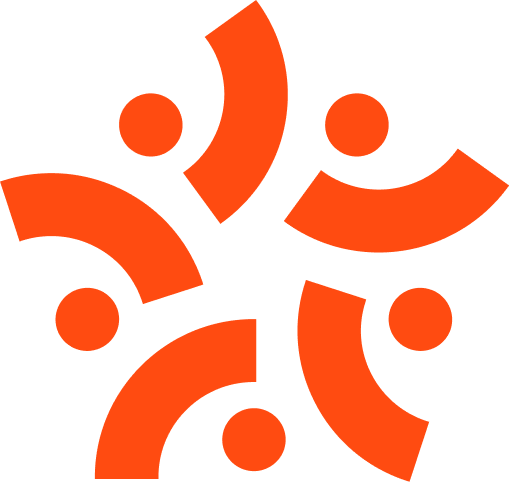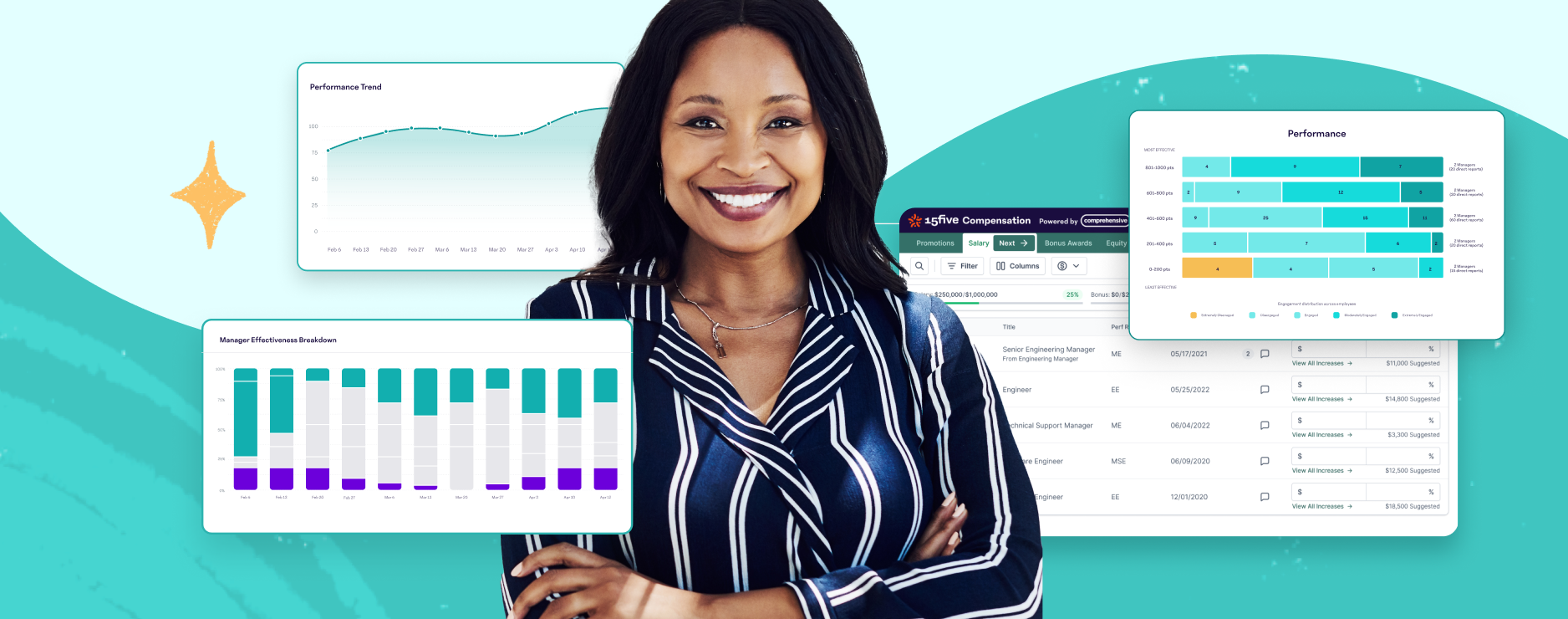4 Tips for Managing a Multigenerational Workforce
We know from recent research that generational differences in the workplace can lead to a lack of friendships and shared values at work. The question is: How do companies get better at managing a multigenerational workforce?
After measuring employee engagement at more than 100 companies, 15Five’s strategists have identified several steps that can be highly effective at creating connections among colleagues. If you’re looking for a way to foster more friendships and rally teams around common goals, try using the following takeaway tips from our Employee Engagement Trends and Indexes report. These four suggestions will apply to virtually any executive or other leader faced with the challenges of leading a multigenerational workforce.
4 Takeaway Tips for Managing a Multigenerational Workforce
1. Use quantitative data to understand your employees
Just as you would research a new product, it’s important to study your workforce. By conducting and analyzing quarterly surveys, you can gain a greater understanding of what people need to be engaged and how those needs differ across generations, tenure, teams, and more.
2. Champion a culture of camaraderie
Bringing employees together in non-work settings can go a long way in helping coworkers learn more about each other and develop mutual respect. Something as simple as a company-funded lunch, social hour, or family picnic can help facilitate the creation of connections that will cross over into day-to-day collaborations.
3. Tighten your employer brand
One of the most important components of managing a multigenerational workforce is also one of the easiest to overlook: your hiring process. By treating job listings and interviews as advertisements for your company’s culture, you can help ensure job candidates and new hires are attracted to your organization’s core values—regardless of how long they’ve been working in your industry.
4. Develop a formal mentoring program
Many organizations are discovering the benefits of reverse or reciprocal mentoring programs, which pair new workers with seasoned employees for on-the-job skill building and role clarity.




